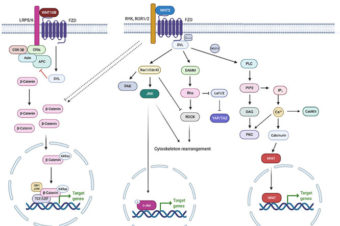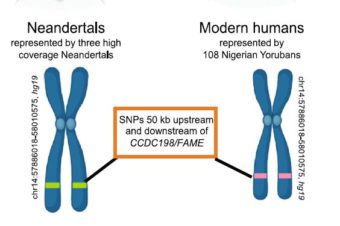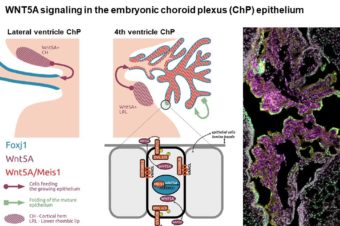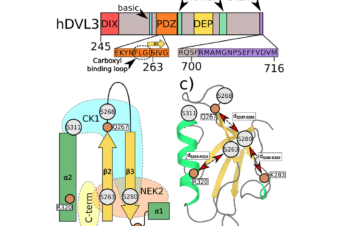Congenital heart defects, dysmorphic facial features and intellectual developmental disorders (CHDFIDD) syndrome in humans was recently associated with mutation in CDK13 gene. In order to assess the loss of function of Cdk13 during mouse development, we employed gene trap knock-out (KO) allele in Cdk13 gene. Embryonic lethality of Cdk13-deficient animals was observed by the embryonic day (E) 16.5, while live embryos were observed on E15.5. At this stage, improper development of multiple organs has been documented, partly resembling defects observed in patients with mutated CDK13. In particular, overall developmental delay, incomplete secondary palate formation with variability in severity among Cdk13-deficient animals or complete midline deficiency, kidney failure accompanied by congenital heart defects were detected. Based on further analyses, the lethality at this stage is a result of heart failure most likely due to multiple heart defects followed by insufficient blood circulation resulting in multiple organs dysfunctions. Thus, Cdk13 KO mice might be a very useful model for further studies focused on delineating signaling circuits and molecular mechanisms underlying CHDFIDD caused by mutation in CDK13 gene.
Similar Posts
WNT5B in Physiology and Disease
Abstract: WNT5B, a member of the WNT family of proteins that is closely related to... Read More
Plant-based and immunostimulant-enhanced diets modulate oxidative stress, immune and haematological indices in rainbow trout (Oncorhynchus mykiss)
Abstract: The aim of this study was to investigate the effects of three commercial diets,... Read More
A previously uncharacterized Factor Associated with Metabolism and Energy (FAME/C14orf105/CCDC198/1700011H14Rik) is related to evolutionary adaptation, energy balance, and kidney physiology
Abstract: In this study we use comparative genomics to uncover a gene with uncharacterized function... Read More
MEIS-WNT5A axis regulates development of fourth ventricle choroid plexus
Abstract: The choroid plexus (ChP) produces cerebrospinal fluid and forms an essential brain barrier. ChP... Read More
Phosphorylation-induced changes in the PDZ domain of Dishevelled 3
Abstract: The PDZ domain of Dishevelled 3 protein belongs to a highly abundant protein recognition... Read More
12-O-Tetradecanoylphorbol-13-acetate increases cardiomyogenesis through PKC/ERK signaling
12-O-Tetradecanoylphorbol-13-acetate (TPA) is the most widely used diacylglycerol (DAG) mimetic agent and inducer of protein... Read More





